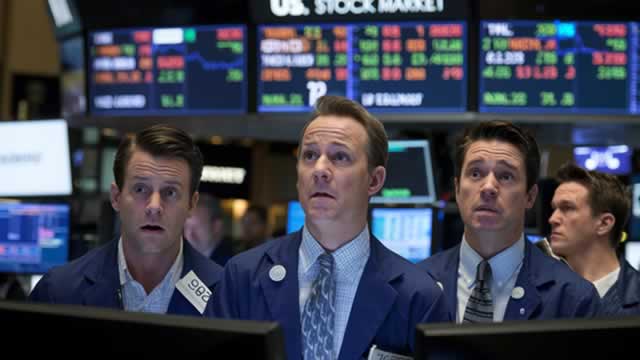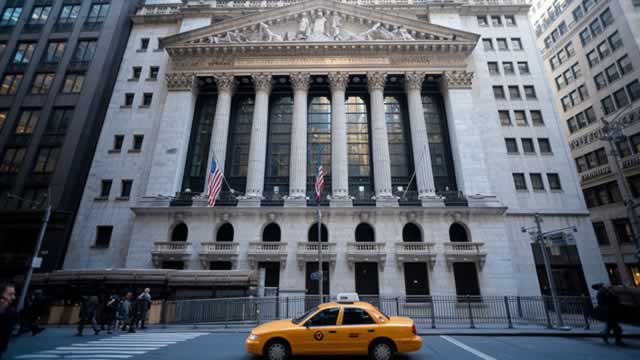Unraveling the Uncertainty: A Closer Look at U.S. President Trump’s Upcoming Tariff Policy Announcement
The financial markets have been shrouded in a thick fog of uncertainty since the beginning of the year, with investors eagerly awaiting definitive guidance on U.S. President Donald Trump’s tariff policies. The President’s scheduled April 2 announcement has sparked renewed interest, as market participants seek to understand the potential implications for their portfolios and the broader economy.
Background: A Year of Tariff Turmoil
The current state of uncertainty can be traced back to last summer, when President Trump first announced plans to impose tariffs on imported steel and aluminum. These measures, which took effect in March 2018, marked a significant departure from long-standing U.S. trade policy and sent shockwaves through global markets. In the months that followed, the administration announced additional tariffs on a wide range of Chinese imports, further fueling concerns about a potential trade war.
The Anticipated Announcement: What to Expect
As the April 2 announcement approaches, investors are keenly focused on several key issues. Will the President announce new tariffs, or will he offer any indication of a shift in policy? Some analysts believe that the administration may use this opportunity to provide greater clarity on its trade agenda, potentially offering some much-needed relief to jittery markets.
Impact on Your Portfolio: A Closer Look
For individual investors, the potential impact of the tariff announcement on their portfolios depends on their specific holdings. Companies that rely heavily on imported goods or have significant exposure to global markets may be more vulnerable to tariff-related volatility. Conversely, firms that produce goods domestically or that have strong domestic demand could potentially benefit from a more protectionist trade environment.
Global Implications: A Wider Perspective
Beyond individual portfolios, the potential implications of the tariff announcement extend far beyond U.S. borders. Many analysts believe that a full-blown trade war could have significant negative consequences for the global economy, including reduced trade flows, disrupted supply chains, and increased uncertainty. Moreover, the potential for retaliatory measures from trading partners could further exacerbate these effects.
Looking Ahead: Navigating the Uncertainty
As investors await the President’s April 2 announcement, it’s essential to remain vigilant and prepared for potential market volatility. Staying informed about the latest developments and maintaining a diversified portfolio can help mitigate the risks associated with tariff-related uncertainty. Additionally, working with a financial advisor or investment professional can provide valuable insights and guidance in navigating this complex and evolving landscape.
- Stay informed about the latest developments regarding U.S. tariff policy
- Maintain a diversified portfolio to minimize exposure to any one sector or market
- Consider working with a financial advisor or investment professional for personalized guidance
Conclusion: Unraveling the Complexities of Tariff Policy
As the April 2 tariff policy announcement looms, investors are grappling with a thick fog of uncertainty that has clouded financial markets for much of the year. While the potential implications for individual portfolios and the broader economy are complex and multifaceted, staying informed and prepared can help mitigate the risks associated with this evolving landscape. By remaining vigilant and focused on the latest developments, investors can navigate this uncertain environment and position themselves for long-term success.
Sources:
- “Trump’s Latest Tariff Threats Could Roil Markets Once Again,” The New York Times, March 20, 2019
- “Trump Tariffs: Impact on the Economy and Markets,” CNBC, March 21, 2019




